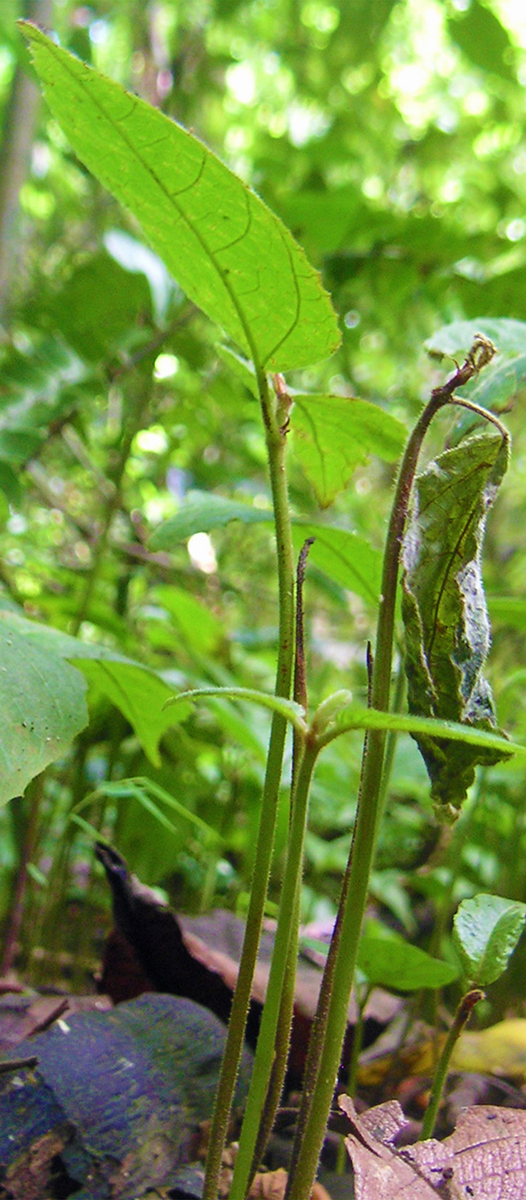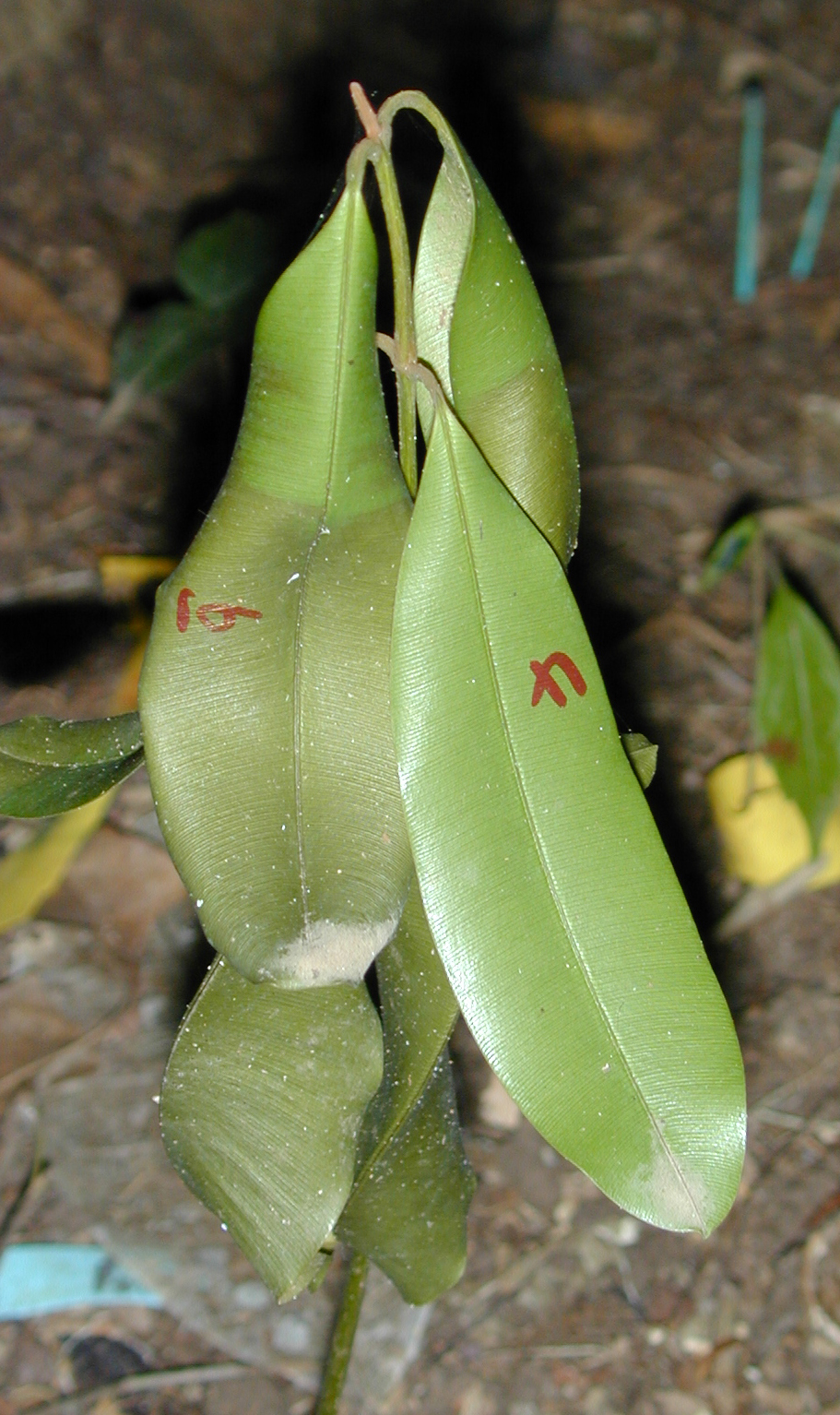Physiology and distributions of tropical plants



One of the central questions in ecology is “what influences the distributions of organisms?” We are applying this question to the well recognized but poorly understood change in species composition across rainfall gradients within the tropics.
We investigated the hypothesis that habitat restrictions arise from the combined constraints of herbivores, drought and light. Because the benefits of adaptations to herbivores, light and drought will vary across a rainfall gradient, this should select for species with different combinations of traits in dry and wet forests.
High herbivory and low light are predicted to limit survival of many species in wet forests where as the interplay between drought and defensive costs should restrict many species from dry forests.
